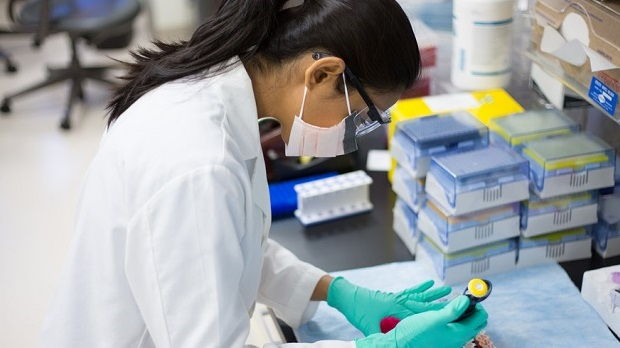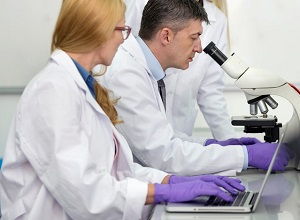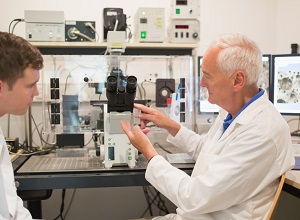Tips for plasmid construction and insert verification

Restriction enzyme generation of linear plasmid
The first step is to use restriction enzymes to generate a linear plasmid. Restriction enzymes that generate sticky-ends (5’ or 3’ overhangs) are more efficient for ligation compared to blunt ends. Sticky-ends also ensure insert ligation in the correct orientation. Restriction enzymes can be acquired from New England Biolabs.
Gel purification of linear plasmid
Following restriction to generate a linear plasmid, run and purify linear plasmid from a 1% agarose gel. (You may need ethidium bromide to visualise the plasmid. Also see Making and running agarose gels). You may run uncut circular plasmid in a separate lane as a position marker control. Linear plasmids run slower compared to circular (super-coiled) plasmids. A portion of the uncut circular plasmid may consist of plasmids with single strand nicks. Nicked plasmids run the slowest. When cutting the linear plasmid from the gel work quickly to minimize UV exposure to the plasmid and yourself. A UV faceshield and protective gloves should be worn. When cutting the linear plasmid from the gel try to remove the minimum agarose volume as this will make the purification step easier. Proceed immediately to plasmid purification or store the excised gel / plasmid portion at -20°C for approximately 1 week. Linear plasmid may be purified from the gel using a Wizard SV Gel and PCR Clean-Up System from Promega.
Ligation of insert and linear plasmid
For ligation of insert and linear plasmid T4 DNA Ligase is highly recommended. T4 DNA Ligase can be purchased from New England Biolabs and Sigma-Aldrich. As a control to show the ligation works, linear plasmid alone (no insert) may be ligated. The linear plasmid alone control must have been cut with a single restriction enzyme. Ligation is often challenging as sticky-ends anneal best at lower temperatures (e.g. 4°C) whilst the ligase enzyme functions best at 25°C. One solution is to perform the ligation reaction at 16°C overnight. Another solution is to perform a gradient ligation using a thermo-cycling (PCR) machine starting at 4°C and increasing by 2°C every hour until reaching 26°C for the final hour.
Transformation, cloning & plasmid purification
Following ligation the construct can now be transformed, cloned and purified. At the same time you may also wish to clone your original unmodified plasmid to increase your general stocks.
Sequencing
Make sure to have the construct sequenced to confirm the presence of the full insert without mutation. To find DNA sequencing service providers (including plasmid sequencing) see scientific laboratory services.














